What could be the reasons for the failure of slurry pump to discharge?
Slurry pumps are commonly used in various ind [...]
Slurry pumps are commonly used in various industries for the transportation of abrasive slurries. However, during their operational lifespan, they can encounter several issues that may result in the failure to discharge properly. One of the most frequently encountered problems is the slurry pump’s inability to pump out the slurry. In this section, we will analyze the possible causes and propose potential solutions for this issue.
1. Insufficient Slurry in the Sump:
The first aspect to consider when a slurry pump fails to discharge is to check if there is enough slurry in the sump. If the slurry level is below the minimum requirement, it is only natural that the slurry pump will not be able to extract and transport the slurry effectively. Therefore, ensuring an adequate supply of slurry in the sump is crucial for the proper operation of the slurry pump.
2. Pipeline Blockage:
Another common cause of the slurry pump’s failure to discharge is a blockage in the pipeline. Over time, sedimentation, solid deposits, or foreign objects can accumulate in the pipeline, hindering the smooth flow of slurry and impeding the pump’s ability to discharge. Regular inspection and maintenance of the pipeline are necessary to identify and clear any blockages promptly.
3. Impeller Blockage:
The impeller plays a vital role in the slurry pump’s functioning as it rotates to create the required centrifugal force to propel the slurry forward. However, if the slurry contains entangled debris or large particles, they can get trapped in the impeller, leading to blockages. As a result, the slurry pump will struggle to pump out the slurry efficiently. To address this issue, it is essential to regularly inspect and clean the impeller to prevent any buildup or entanglement.
In conclusion, the primary reason for the slurry pump’s failure to discharge is often related to blockages. Whether it is insufficient slurry in the sump, pipeline blockage, or impeller blockage, conducting regular maintenance, inspections, and clearance measures are necessary. By addressing these issues promptly, operators can ensure the smooth operation and optimal performance of the slurry pump.

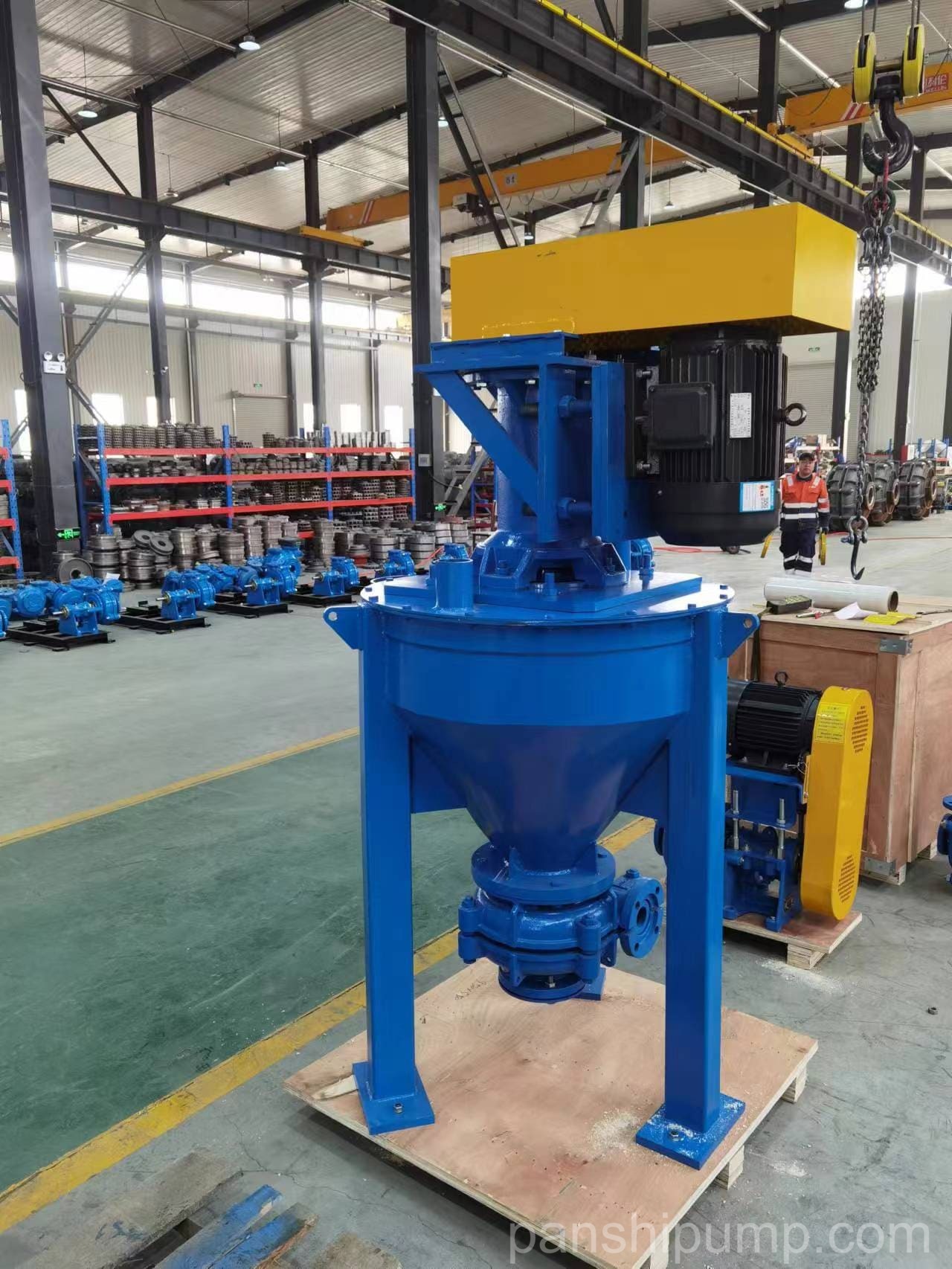
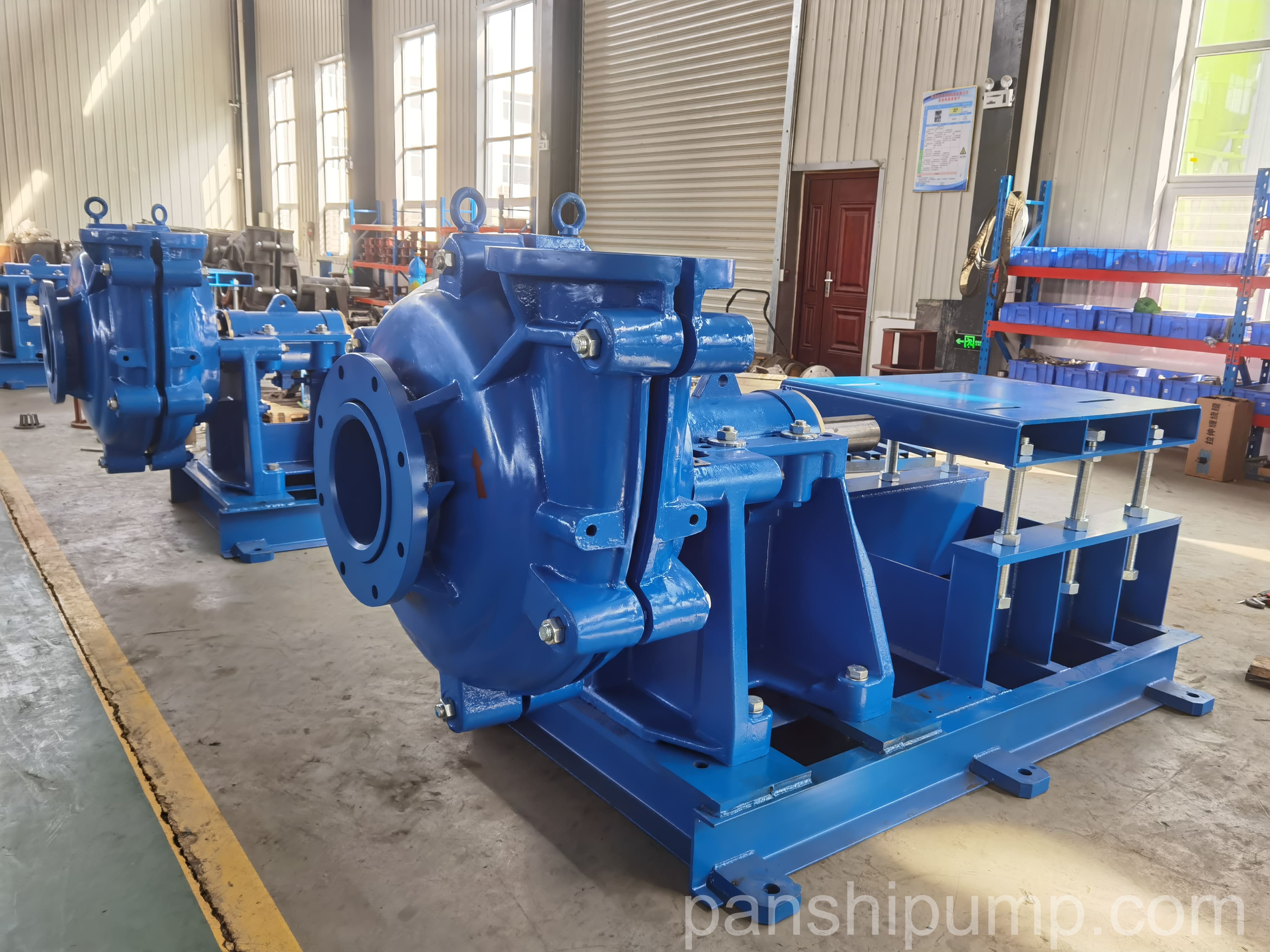
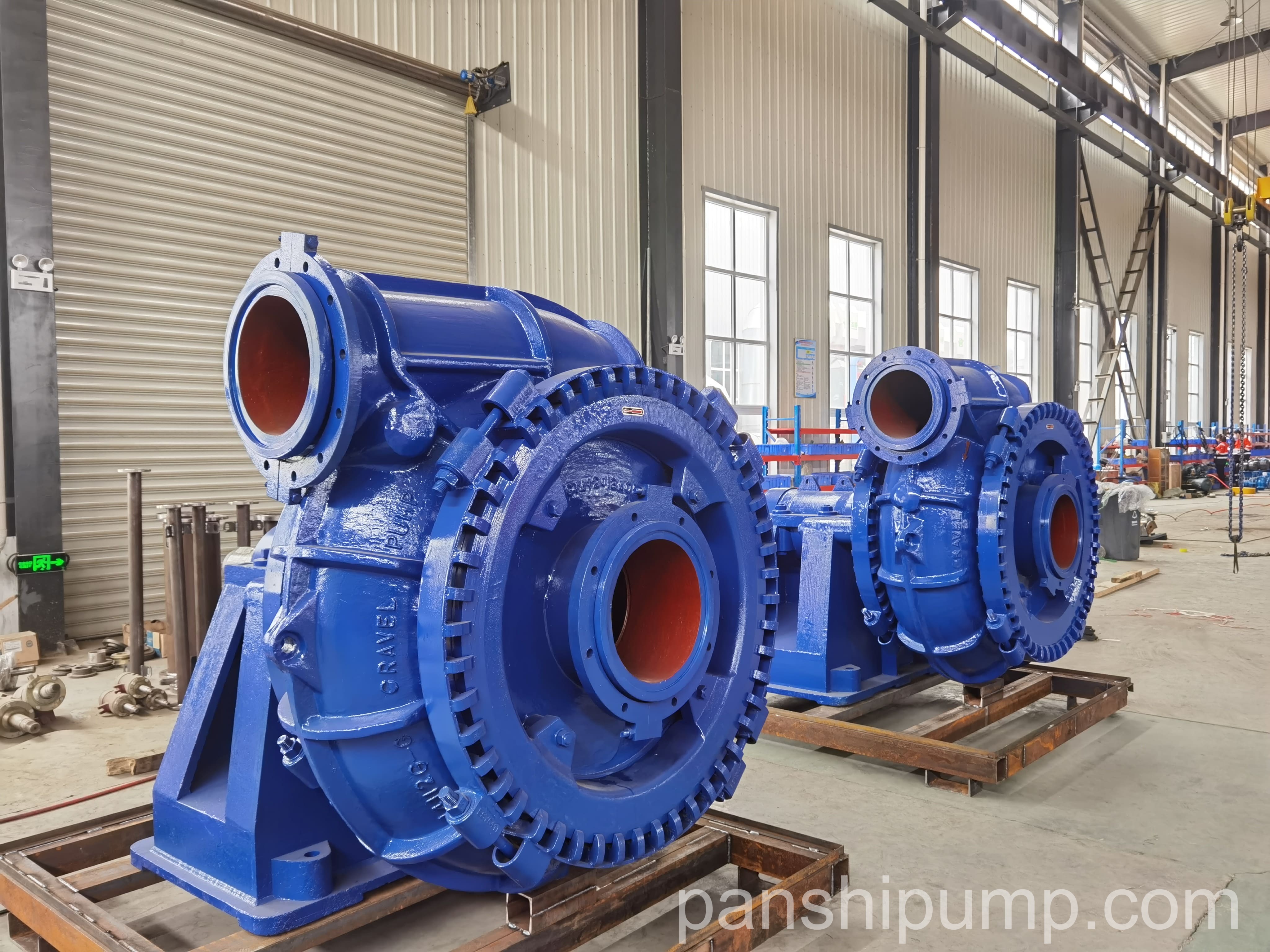
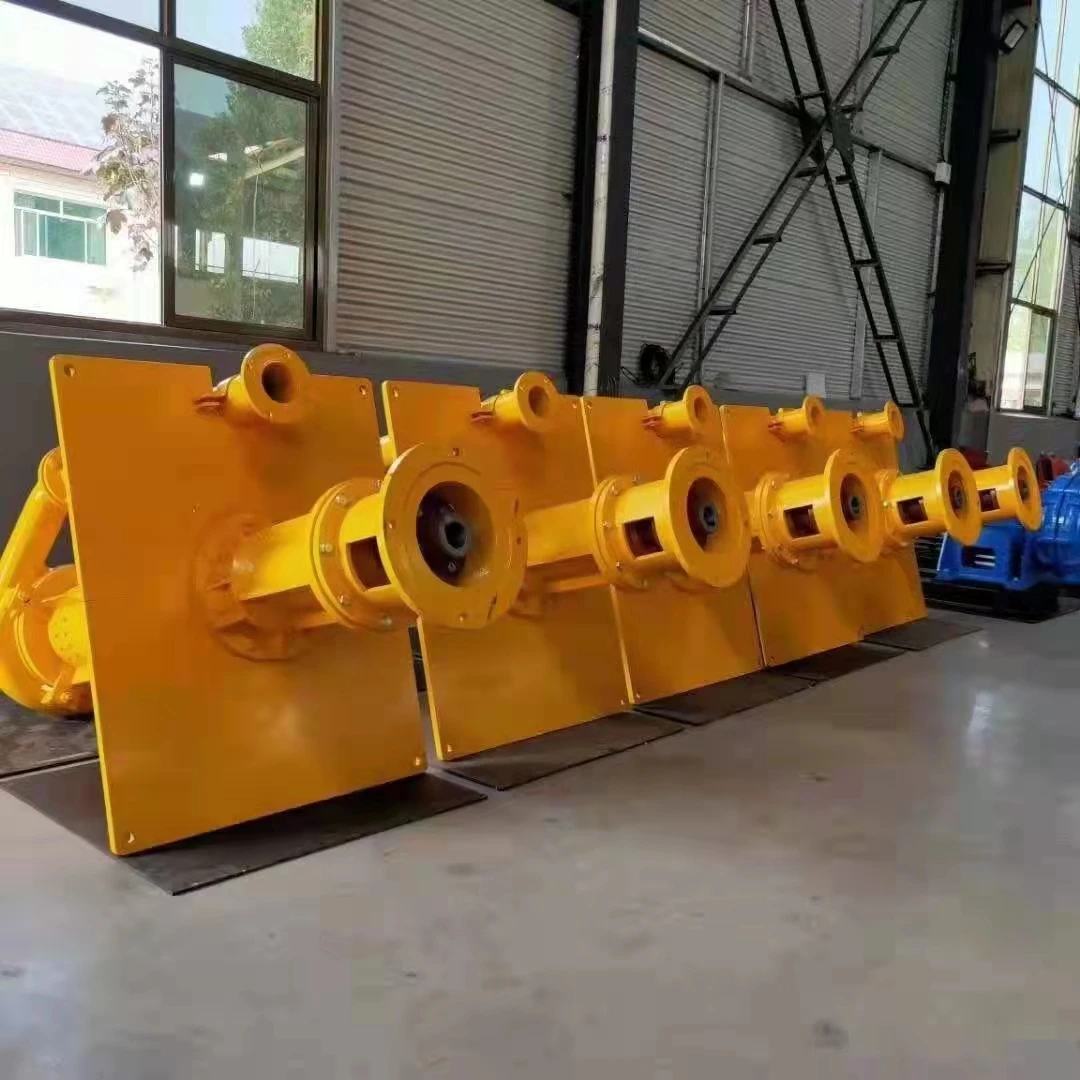
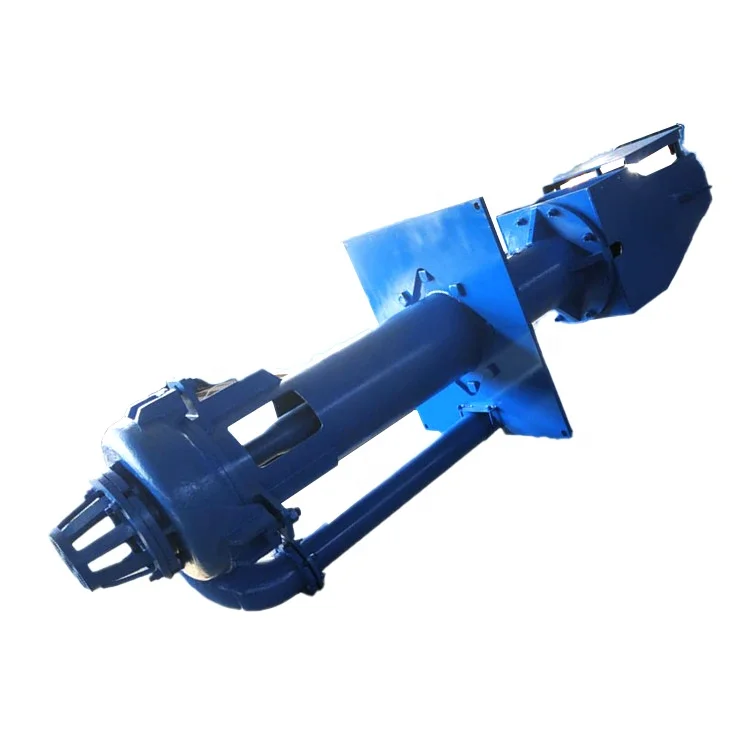
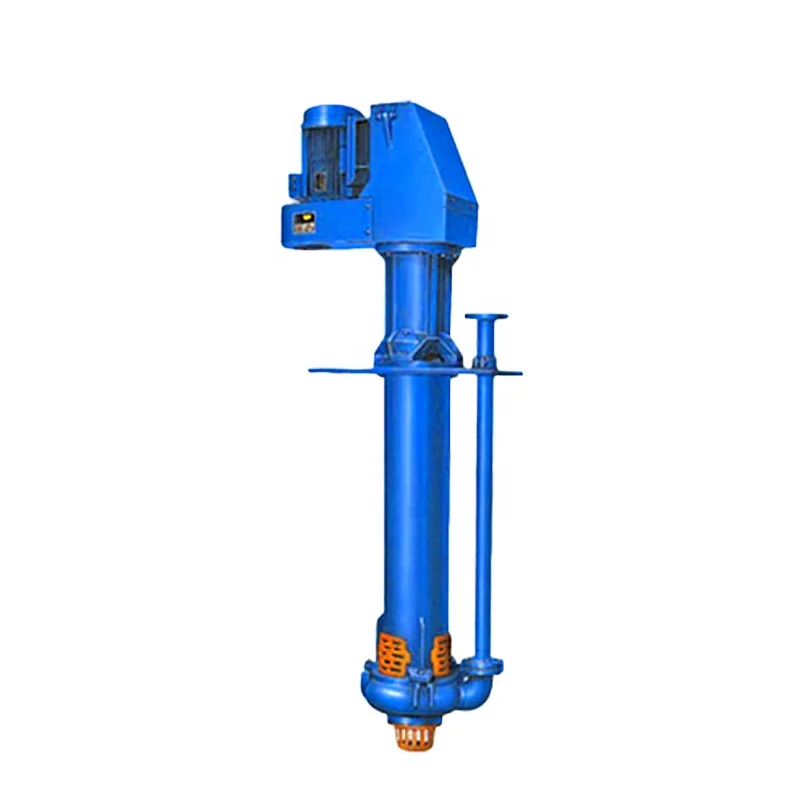
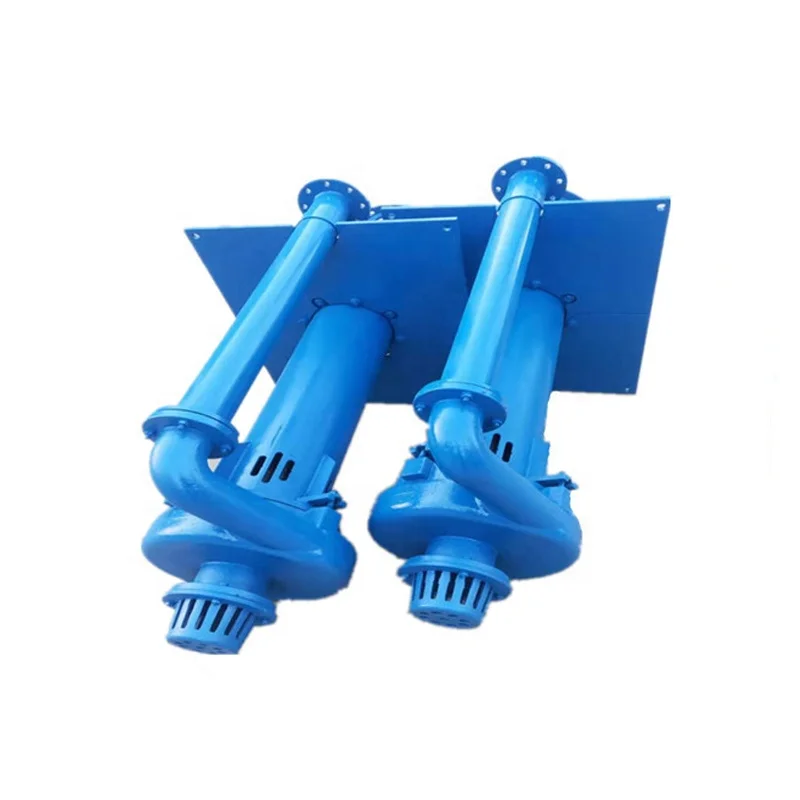




Please login to write a comment after